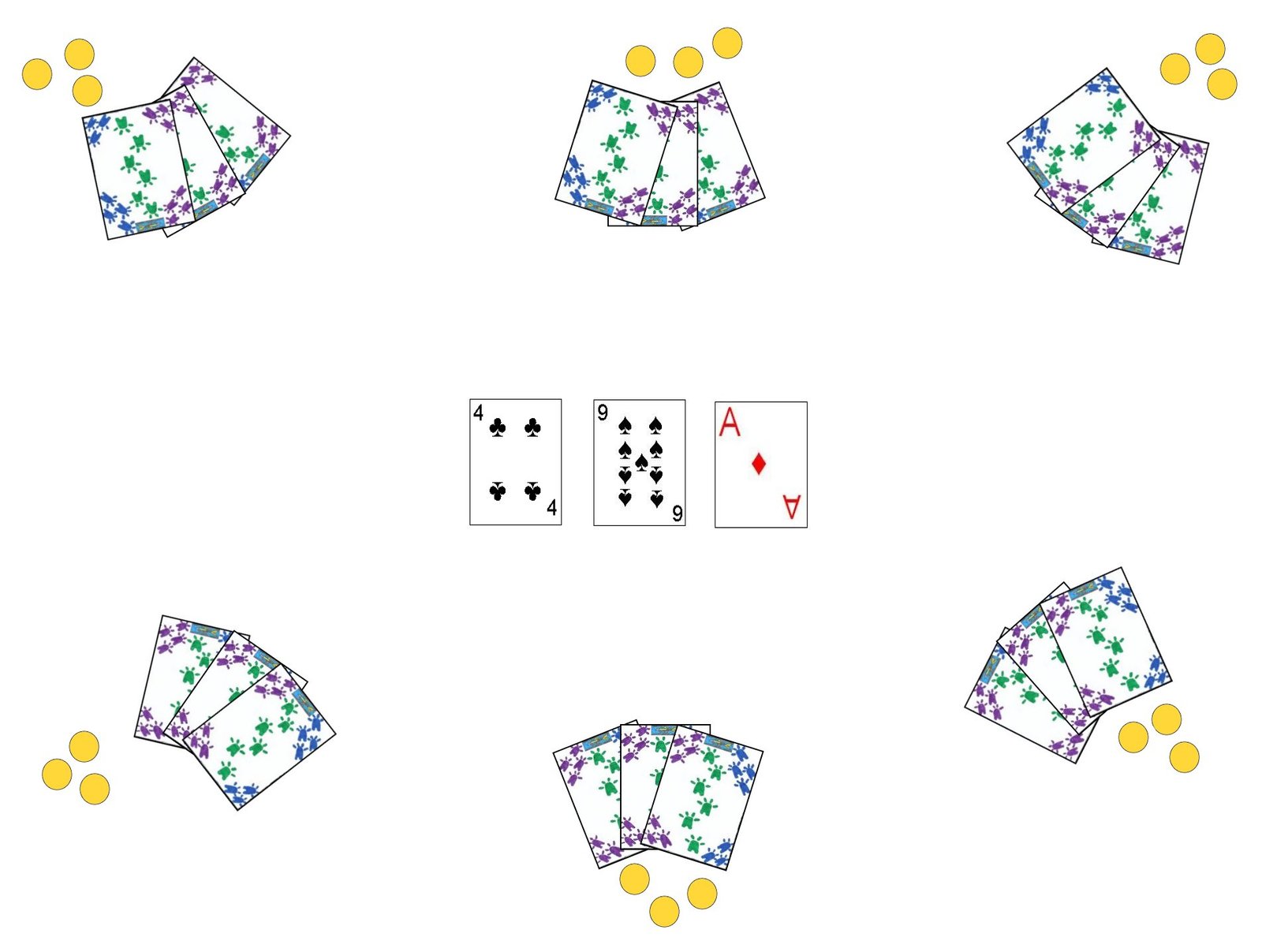
Commerce, an 18th-century French card game, has left its mark on the world of gambling. With roots that intertwine with Thirty-one, Whisky Poker, and Stop the Bus, Commerce offers a delightful blend of strategy and chance. Let’s delve into its fascinating history, explore its modern adaptations, and uncover the rules that govern this timeless game.
Origins and Ancestry
Commerce emerged in France during the 18th century, captivating players with its simple yet engaging mechanics. It shares lineage with other card games like Thirty-one and Whisky Poker. Interestingly, the English equivalent, Trade and Barter, mirrors Commerce’s combinations but follows a distinct acquisition method.
Game Mechanics
Objective
Like its Commerce counterparts, the goal is to assemble the best three-card combination. Players aim to improve their hands by swapping cards with those on the table. The exchange continues until someone is content with their hand, leading to a showdown.
Player Count
Commerce accommodates 3-10 players, although any number can participate.
Deck
A standard deck of 52 cards (A K Q J T 9 8 7 6 5 4 3 2) sets the stage for Commerce.
Gameplay
- Initial Deal: Each player receives three cards, and an additional three cards form the “widow” on the table.
- Card Exchange: Before viewing their own cards, the dealer may swap one or two of their cards with exposed table cards. The objective: “make their hand.” However, exchanging all three cards at once precludes further swaps.
- Rounds: The game progresses through rounds, with a fresh card added to the widow at the start of each round.
- Showdown: A player satisfied with their hand knocks on the table, signaling the end of play. Two knocks halt the game.
- Winning Combination: The player with the best combination claims the stake from the pooled bets. The player with the weakest hand adds a counter called “Going up.”
- Counters and Final Sweep: The first player to lose all three counters can “buy a horse” (purchase another counter) for a fraction of the original stake. The game concludes when one player remains, securing the final sweep.
Combinations
Commerce revolves around specific combinations:
- Tricon: Three of a kind (Ace highest, descending to 2).
- Sequence: Three cards of the same suit in sequence (A K Q highest, down to 3 2 A).
Transitioning Through Time
Commerce has endured, adapting across generations. Its legacy lives on, bridging the gap between past and present. So gather your cards, embrace the spirit of Commerce, and let the games begin!
Remember, luck favors the bold, but strategy wins the day.